When Chaplin and Nehru cheated death in Switzerland
A close shave on a Swiss road with actor Charlie Chaplin and India’s first prime minister Jawaharlal Nehru could have changed history.
It was April 1953 and the Indian Mission in Switzerland was in a crisis. The ambassador Asaf Ali – a highly respected diplomat and former freedom fighter – died suddenly of heart attack in the Swiss capital Bern. The timing could not have been worse. In five weeks’ time, a conference of Indian ambassadors was scheduled in Switzerland to be chaired by none other than Prime Minister Nehru.
A new ambassador was appointed in record time but still had only three weeks to make the arrangements for Nehru’s visit. The first problem was choosing a location for the diplomats’ conference.
“To find twenty-five rooms and suites in an appropriate place at the height of the season was not easy. It occurred to us that the ideal spot would be an isolated five-star hotel, which had not yet opened for the summer,” stated former diplomat Jagat Mehta in his memoir “The Tryst Betrayed”. Mehta had been personally sent by Nehru to Switzerland to put an end to out-of-control spending.
The owner of the Burgenstock Hotel overlooking Lake Lucerne was contacted and convinced to open a week ahead of the summer season for the conference in June. After the event was over, Chaplin was invited to spend some time with Nehru at the hotel.
The meeting between the two was facilitated by Edwina Mountbatten, wife of the last Viceroy of India Louis Mountbatten, who knew both Nehru and Chaplin. Chaplin had made a small home movie with the Mountbattens as a wedding gift to them while they were on honeymoon in California.
Edwina and Nehru were so close that it was rumoured that their feelings for each other went beyond mere friendship.
Face-to-face
Chaplin was picked up at the Lucerne railway station and brought to Burgenstock by boat and funicular.
“I was surprised to find a small man like myself,” wrote Chaplin in his autobiography of meeting the Indian leader. “Nehru impressed me as a man of moods, austere and sensitive, with an exceedingly alert and sensitive mind.”
The contemporaries – both were born in 1889 – got along even though Chaplin wrote that Nehru was diffident at first. Chaplin even managed to convince teetotaler Nehru to drink sherry. It was the only time Nehru’s private secretary M.O. Mathai had seen him touch alcohol.
“Like a woman Charlie Chaplin charmingly persisted and at last ordered a glass of sherry. In order not to offend Charlie Chaplin, Nehru took a sip, contorted his face, and put it away,” wrote Mathai in his memoir “Reminiscences of the Nehru Age”.
Screeching brakes
The meeting of the two minds went so well that Nehru agreed to return with Chaplin the next day to his house in Corsier-sur-Vevey, overlooking Lake Geneva. Mehta suggested that they take a shortcut through the mountains to save time. Nehru and Chaplin were driven in the ambassador’s Cadillac while Mehta and the ambassador followed in the Mehta’s personal Chevrolet.
“He [Nehru] talked brilliantly throughout the journey, while his chauffeur must have been going at seventy miles an hour or more, speeding along precipitous, narrow roads, and coming suddenly upon sharp turns,” wrote Chaplin of the car ride.
The reckless driving meant that the actor could barely concentrate on what Nehru was saying as he was preoccupied with “back-seat driving”. Chaplin had reason to worry as the car suddenly skidded to a halt.
“As the brakes screeched and threw us forward, Nehru continued [talking] unperturbed,” he wrote.
According to Mehta, the driver – who went by the name of Petrov – “had to brake suddenly to avoid an incoming car on a narrow road”. Mehta, who was following close behind in his Chevrolet, nearly collided into the Cadillac carrying Nehru and Chaplin. Were it not for the quick reflexes of both Petrov and Mehta, a pile-up would have ensued, potentially killing two of the most well-known personalities of the era.
If they had been seriously injured, there was at least a chance of making it out alive. The newly created Swiss Air Rescue service had just carried out its first helicopter rescue six months previously and would have been deployed to take them to a hospital. Luckily both reached Chaplin’s villa safe and sound and had lunch. Nehru then left for Geneva and flew back to India.
“The Ambassador and I breathed a sigh of relief that the heavy responsibility of looking after the PM, the many ambassadors, and even the improvisations had gone off without a major catastrophe,” wrote Mehta.
Little did the world know how close to disaster Nehru’s Swiss visit came.

In compliance with the JTI standards
More: SWI swissinfo.ch certified by the Journalism Trust Initiative
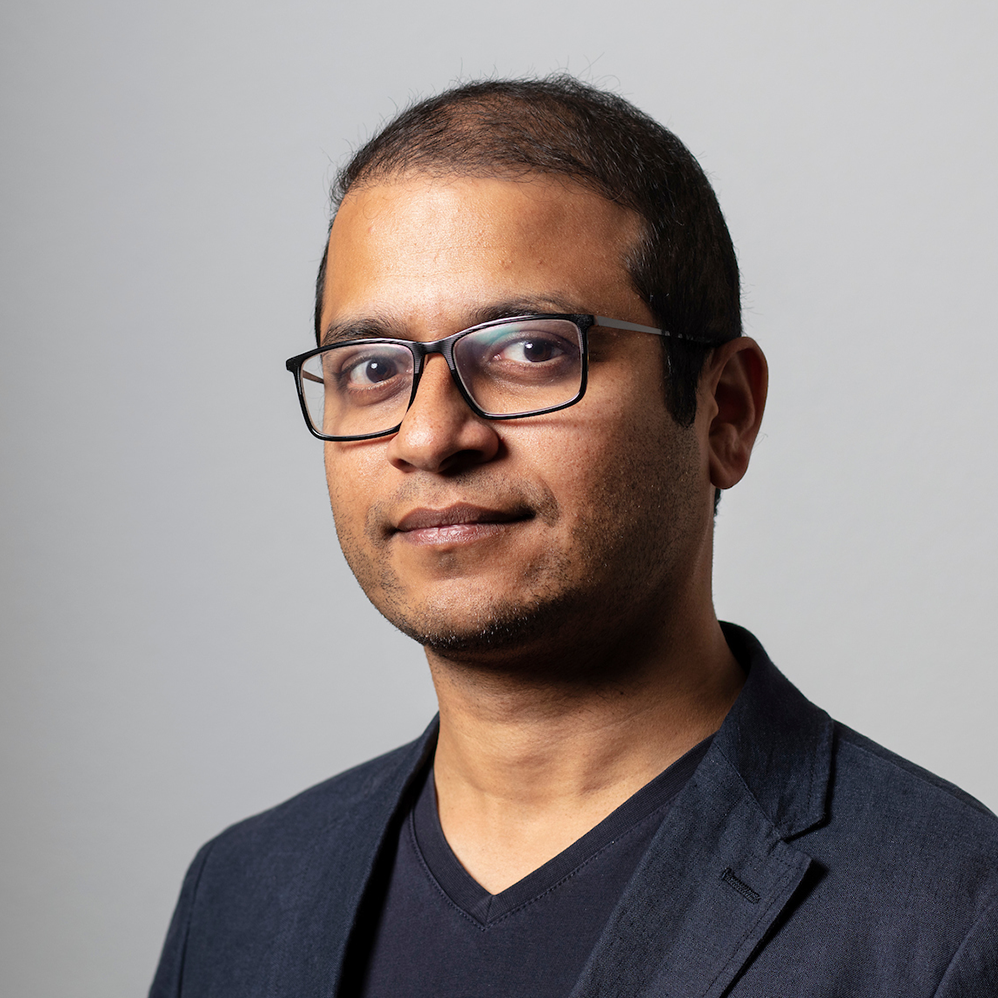
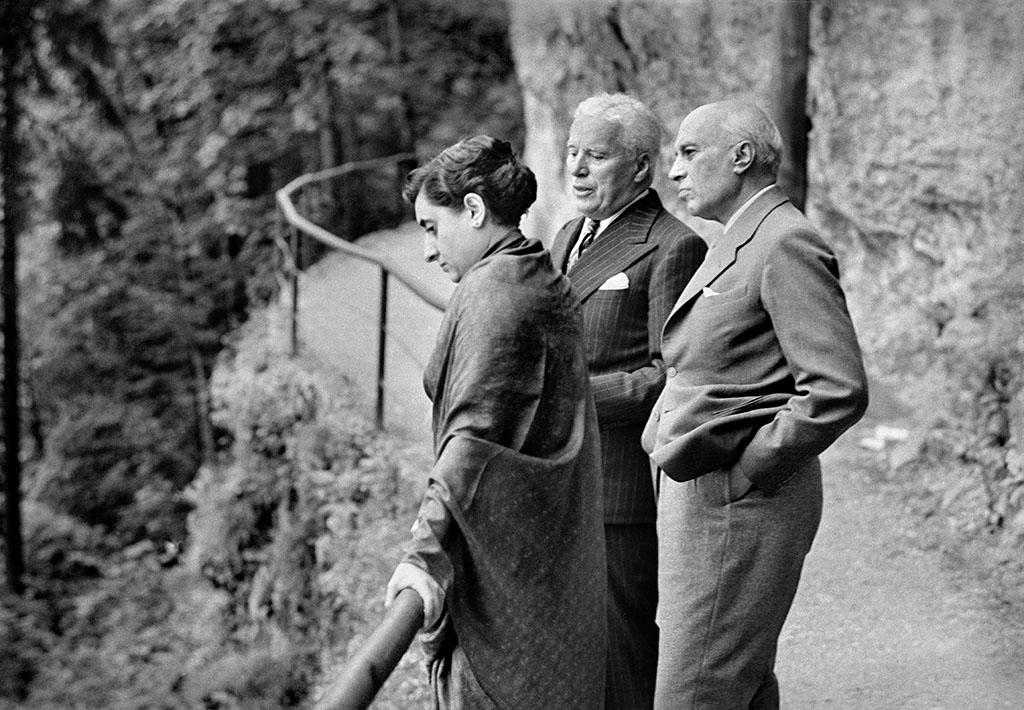
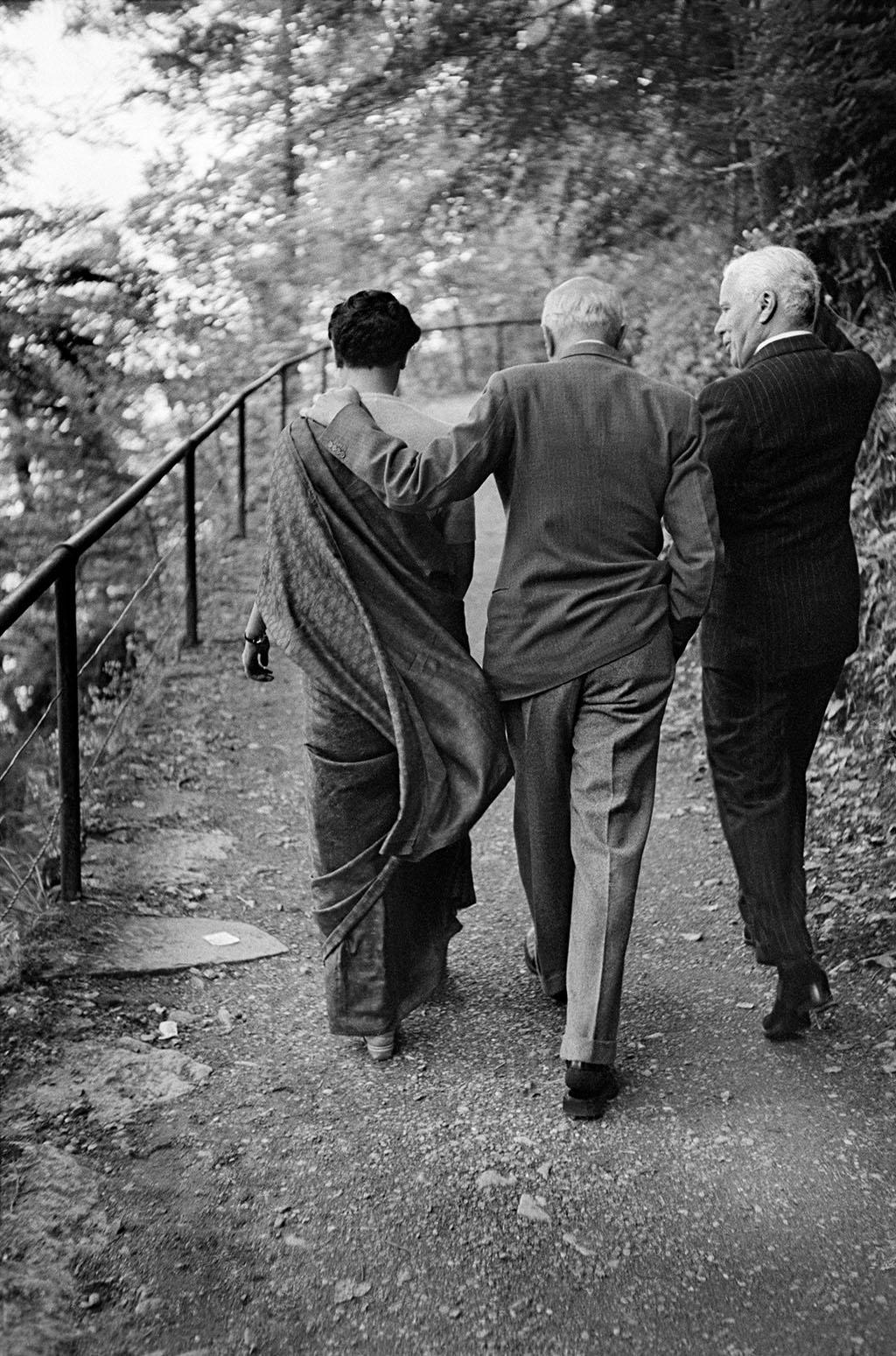
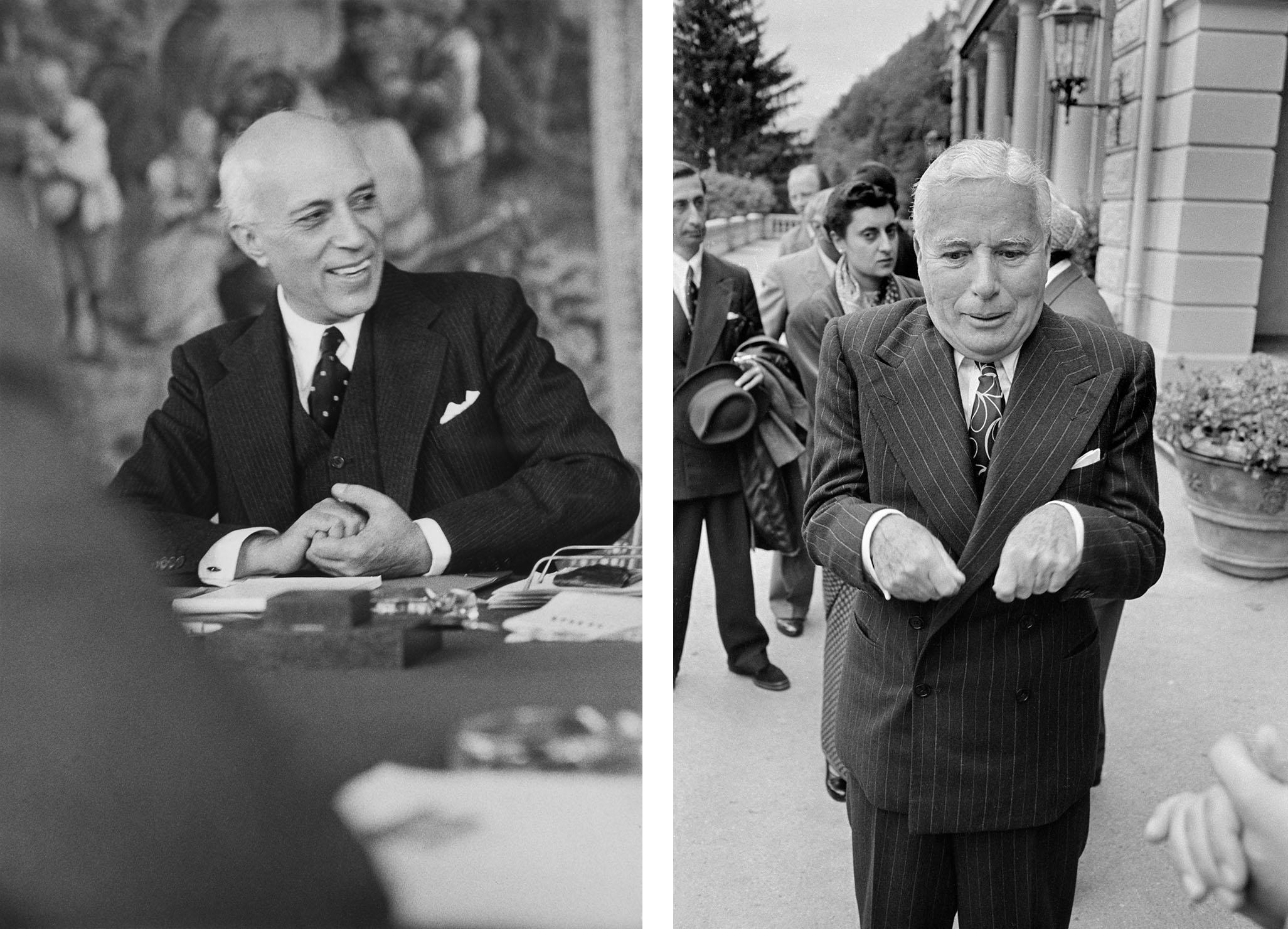
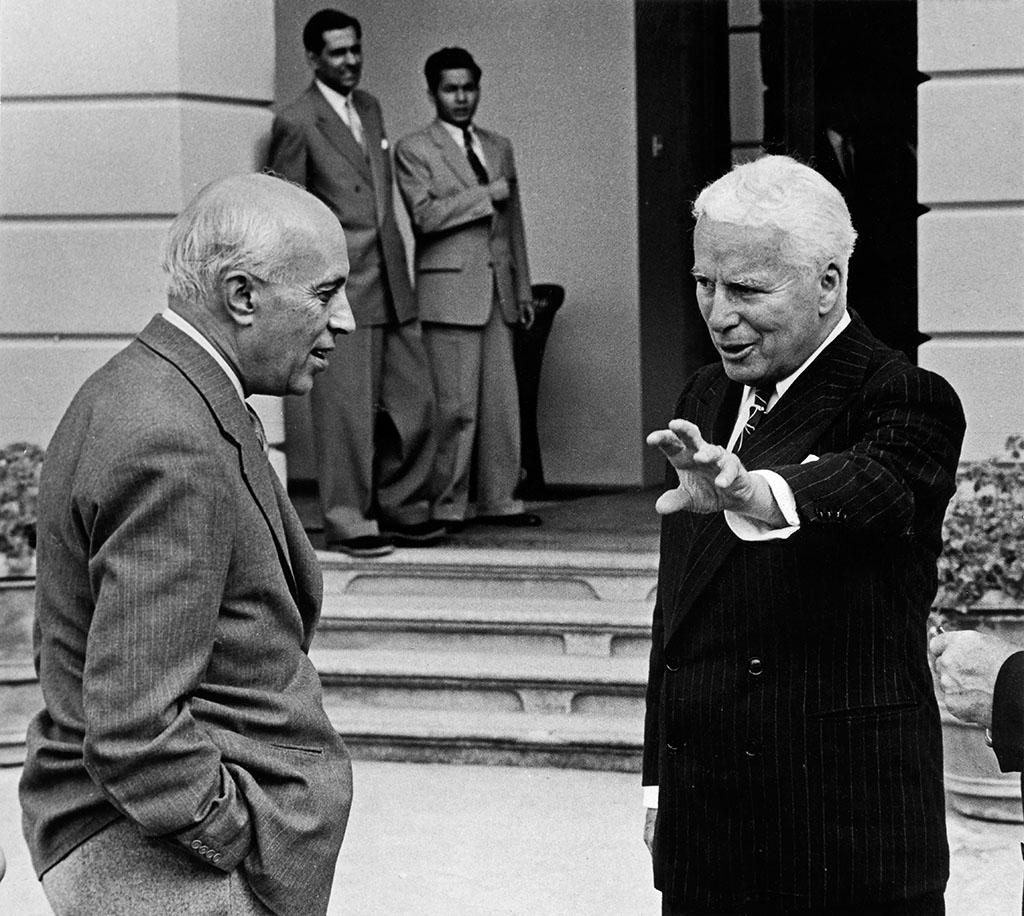
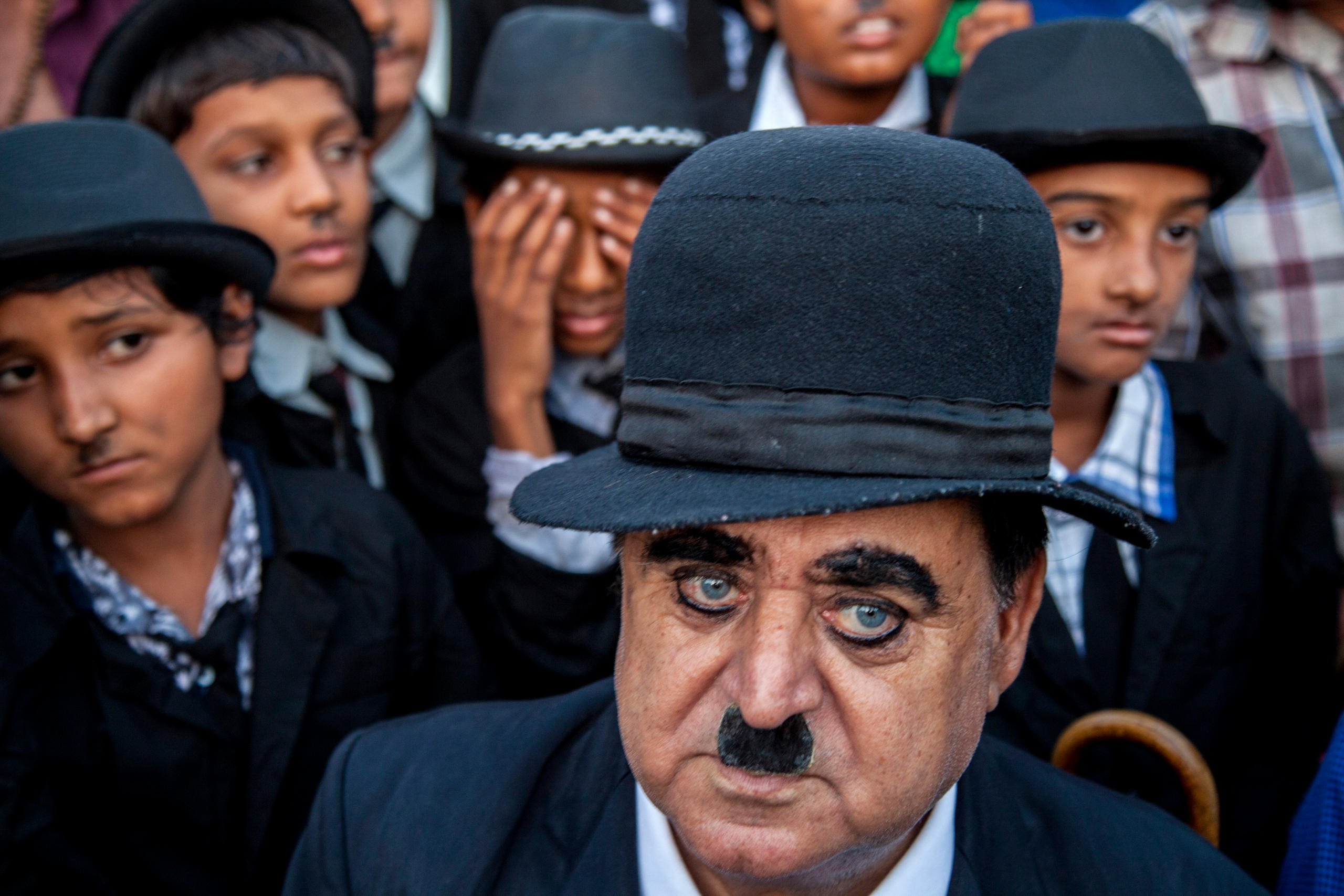
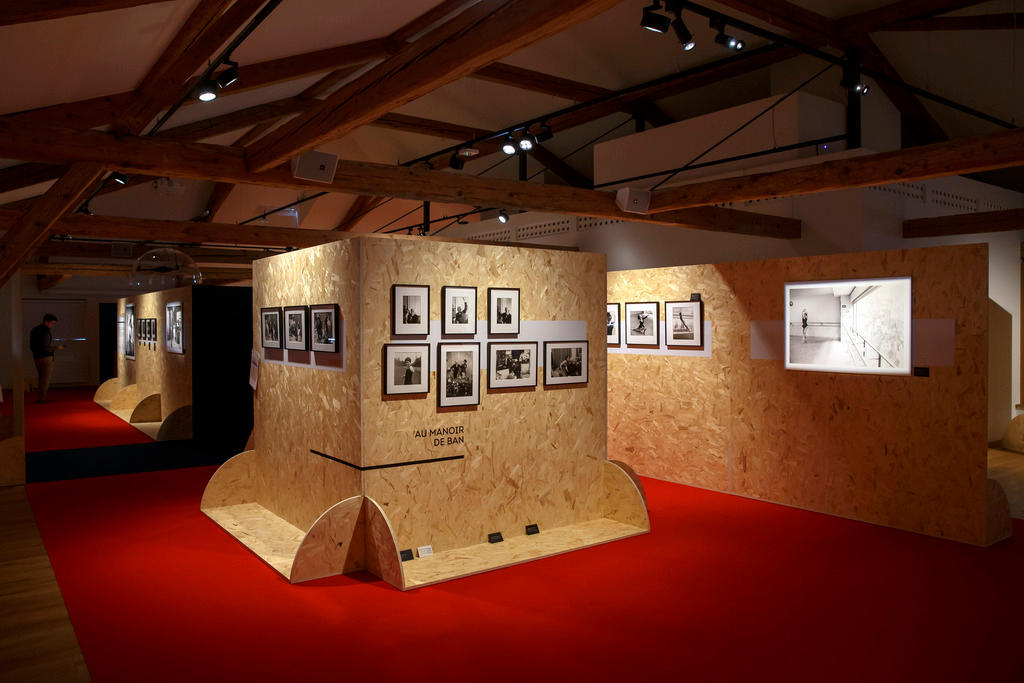
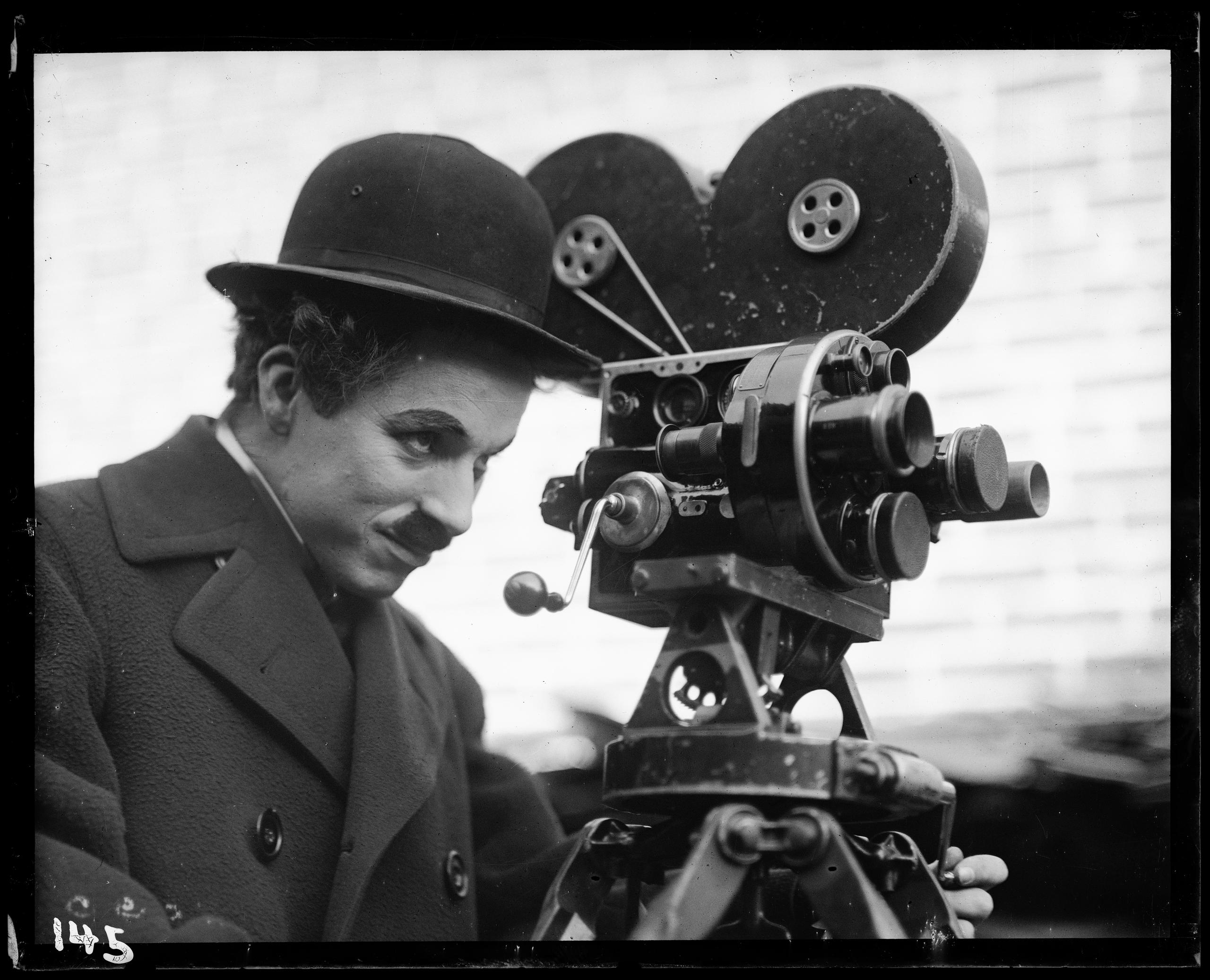
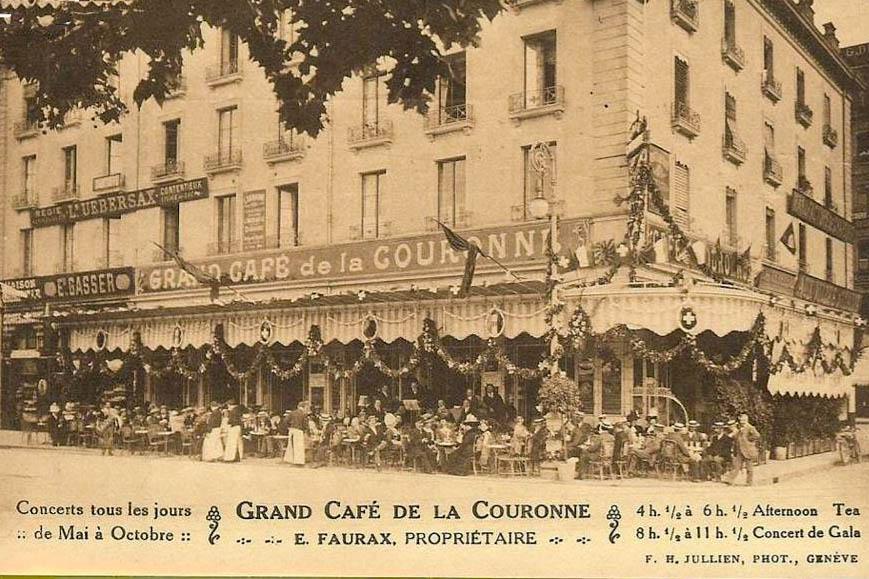
You can find an overview of ongoing debates with our journalists here. Please join us!
If you want to start a conversation about a topic raised in this article or want to report factual errors, email us at english@swissinfo.ch.